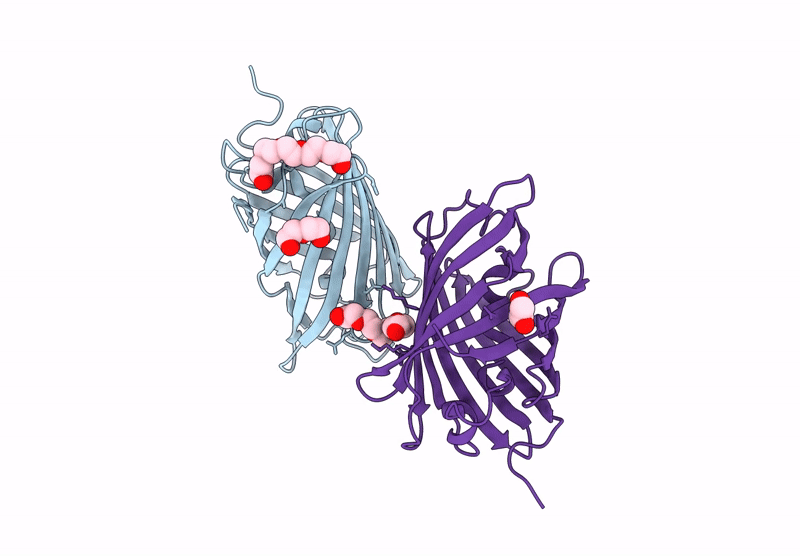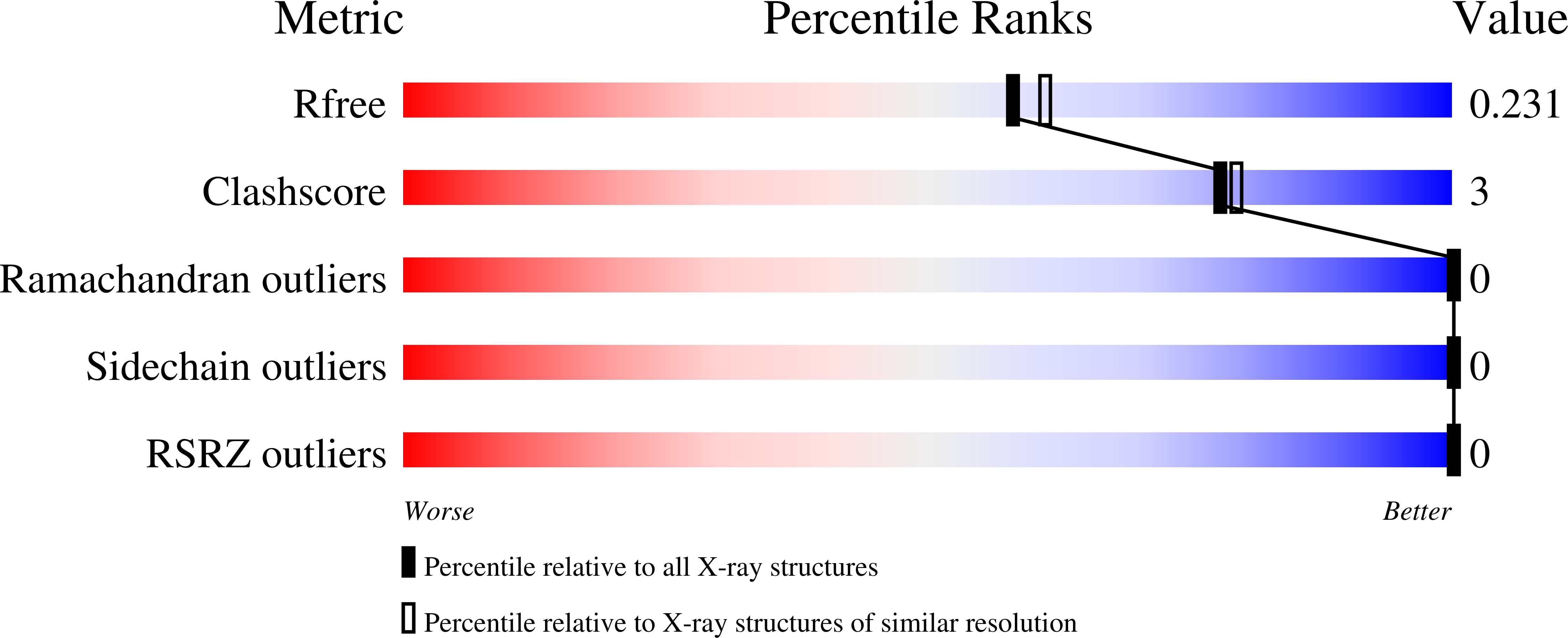
Deposition Date
2022-10-28
Release Date
2023-02-15
Last Version Date
2024-10-16
Method Details:
Experimental Method:
Resolution:
2.00 Å
R-Value Free:
0.23
R-Value Work:
0.18
R-Value Observed:
0.19
Space Group:
I 1 2 1


